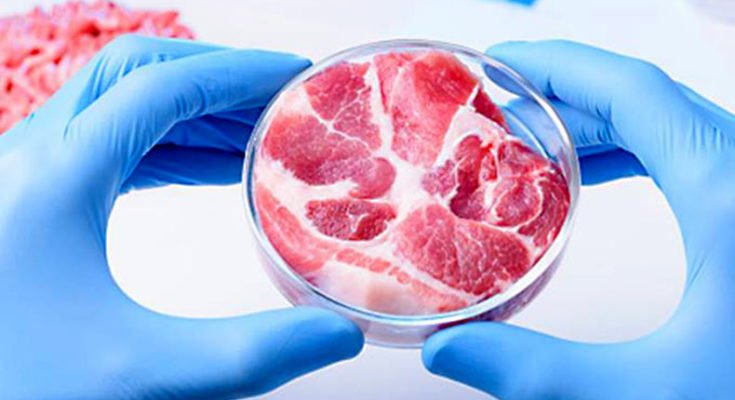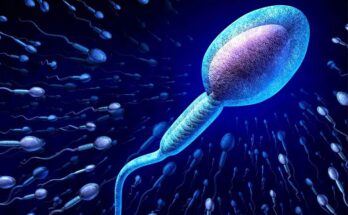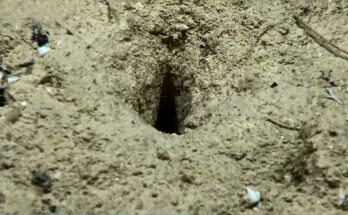Meat can be cultivated without killing animals. Image Courtesy – Indian Express
Many people are there in our society who love to eat non-veg foods especially the recipes of meat items but do not bear the slaughter of animals with the naked eye. Since the beginning of the civilization, preparation of food involving meat has not been possible without the killing of animals.
But, scientific development has made it possible to eat the flesh of any animal without killing it. Yes, it is possible. Science has shown the way this time. Science has shown that edible meat is successfully made in a laboratory.
The ‘Friend of the Earth’ reported in 2014 that there were only 500 million vegetarians in the world. Apart from the rest, more than 6000 million people are non-vegetarians. Various types of meats are in their food list like red meat, turkey, emu, chicken, fish etc.
The condition of the world’s animals is very miserable because of non-vegetarian people. Various animals have become extinct to cater to human taste. It has been a big concern for the scientists for a long time. They have been thinking about how to save the animals from meet loving people. The scientists have now become successful to produce meat artificially in the laboratory keeping the quality and taste intact.
Flesh was successfully produced in the space:
There is an organization in Israel called Aleph Farms, which scientifically tests and produces ‘alternative food’. The company announced on October 7, 2019, that they have artificially created as much meat as there is in a beef-steak with the help of science. The firm said that the piece of flesh was not made on Earth, but was made on the International Space Station, floating 248 kilometres above the earth’s surface. This piece of meat was made artificially without killing any animal. The Israeli company was assisted in the study by three ‘alternative food’ companies in Russia and the United States.
Read: Bats are not at all responsible for Coronavirus pandemic
How meat was produced without killing animals:
Tissue culture is a method of artificially nourishing tissues taken from an organism in a sterile environment. Tissue culture is not a new method. Preservation of many endangered plants, the restoration of any damaged tissue in an animal’s body, and even the production of eggs from ovarian tissue, have already been achieved with the help of this tissue culture process.
Evelyn Telfer, a Reproductive Biologist and Professor, University of Edinburgh, UK, accomplished this with her team in 2018. Another form of this tissue culture method is ‘bioprinting’. This method involves the artificial growth of tissue in a liquid called ‘bio-ink’ on a 3D bio-printer machine. ‘Bio-ink’ contains a mixture of different ingredients that help in cell growth.
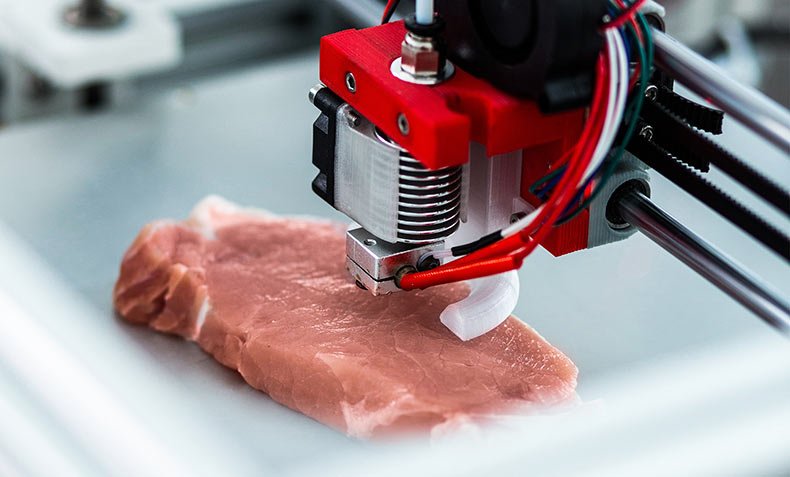
As a first step in producing artificially edible meat, the historic experiment called ‘Cultivated Beef Steak’ was conducted on September 26, 2019. The experiment was carried out by Russian astronaut and biologist Oleg Skripochka on the Russian side of the International Space Station. A small tissue was removed from the body of a living bull. That tissue was scientifically kept healthy and alive and taken into space. Scientist Oleg Skripochka did the bioprinting of that living tissue in the space.
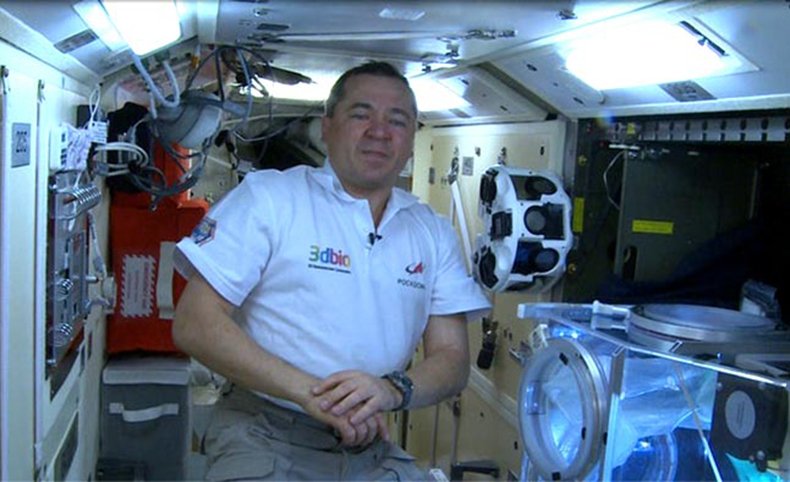
In the space laboratory, cells in the bull’s living tissue began to divide constantly in the ‘3D bio-printer’ machine. A large piece of meat was naturally formed in just two weeks, and no animal had to be killed to get this piece of meat.
What was the taste of this meat?
Scientist Oleg Skripochka reported from the space that the taste of beef steak made with the piece of meat was normal. As the laboratory test was done with a bull’s tissue, so the flesh of beef was made. If you take pork tissue, you will get the meat of pork, if you take goat tissue, you will get the meat of goat, and if you take chicken tissue, you will get chicken meat. The scientists said that the characteristic of meat prepared by bioprinting method was that the meat would always be germ-free.
Yew Reisler, the Manager of Alef Farm told the media that they also conducted the test on the Earth. They observed that the flesh developed faster in the space than on the Earth. In his analysis, the reason for this was the absence of gravity in the space.
Under the influence of gravity, the cells at the bottom of the tissue grow on the Earth. But, in the space, the cells on every side of the tissue divide together, so the flesh continues to grow all-round faster.
Read: Honey Bees can solve arithmetic problems better than many human
Pollution and ecological balance will be maintained:
A panel of experts from different countries issued a special report on environmental pollution in the year 2019. It was said that the major cause of climate change is environmental pollution. Some of the causes of this environmental pollution are various industries related to animal husbandry – animal meat processing, leather, bone, fur etc. All these factories produce a lot of greenhouse gases, and a huge amount of energy and water is consumed for the factories. After slaughtering and processing livestock in different farms of the world, it takes an average of several thousand litres of water to make meat ready to sell per kilogram. The bioprinting method does not consume water, nor does it have the potential to generate greenhouse gases.
The statements of Aleph Farms of Israel and the scientists involved in their ‘Artificial Meat’ project are clear. They want the earth’s sky and sea to remain blue and the surface to remain green so that the next generation can resume the natural and pure environment.
Their second goal is to make understand carnivorous people that this world is also for the animals. They also have the right to live. Taking away the lives of innocent animals for food does not suit advanced creatures like humans. If animals do not live, humans also will not live.
Lab-made meat is coming to market very soon:
Russian scientist Vladimir Mironov dreamed of producing meat in a laboratory in 2006. Dutch scientist Marcus Johannes Post was the first to create burger-shaped meat in a laboratory in 2013. But he did not visualize it from a business point of view. But, the Israeli company Aleph Farms is dreaming of doing business all over the world with the meat produced in a laboratory.
The Aleph Farms has solved all the 3 problems permanently at the right time – growing demand for meat, killing of animals and environmental pollution. Aleph Farms has been able to establish the fact that meat can also be cultivated at any time, anywhere and in any environment.
Jose Titrick, CEO of Just, an American food manufacturing company in California, told at a press conference last year that artificially produced meat would soon be refrigerated in supermarkets. This meat will be supplied and produced all over the world, not just in Walmarts or in McDonald’s. Lab produced meat would be available everywhere in the world.
Conclusion: That day is coming when non-vegetarian people will buy meat from a meat shop where no animal’s dead body will be seen hanging from the rope. Animals will be having a sigh of reliefs for not being dragged into the market for slaughter. This idea of advanced tissue culture and 3D bioprinting will definitely create enormous inspiration for the scientists in developing countries to apply their talent in their own environment and arrangements.
Reference: New York Post, Indian Express, Global News, The Wall

